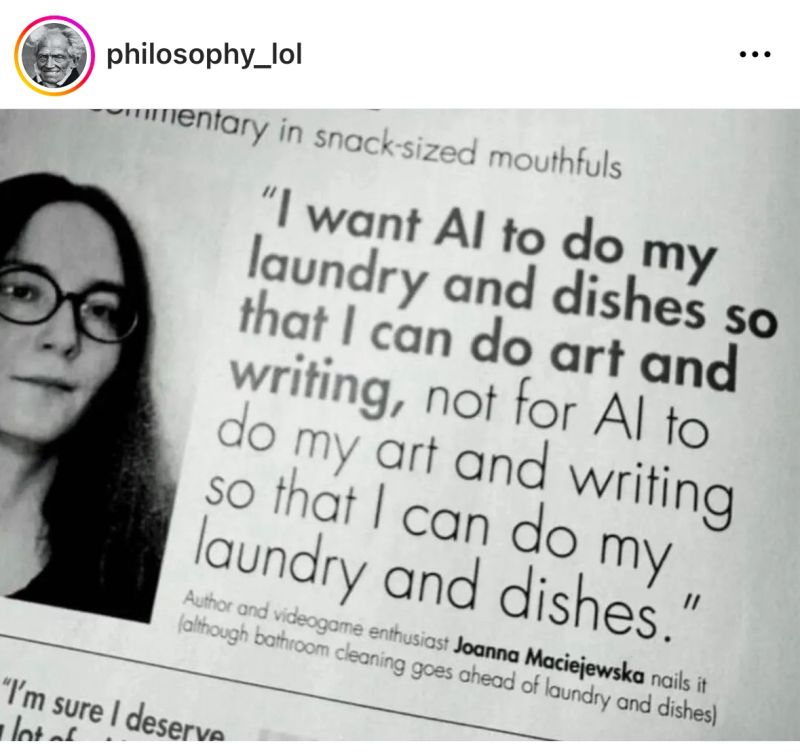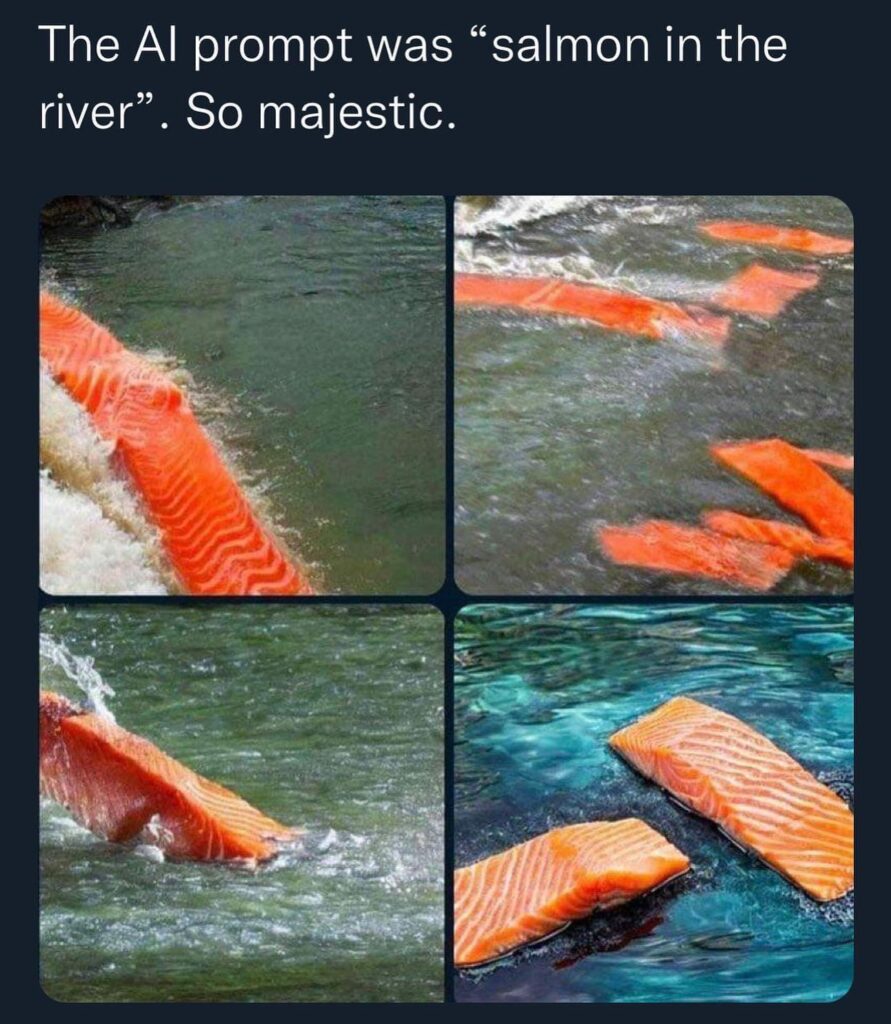AI – a brave new(ish) world
Artificial intelligence is no longer a buzzword but an integral part of our lives, whether we know it or not.
New advancements in AI technology feel like a weekly occurrence, promising innovation in work efficiency and automation that will deliver more free time for us to explore more meaningful activities. Or at least that is the theory! For many the pace of progression can feel intimidating, unwanted and misdirected.
A Mintel study showed that 47% of UK consumers with concerns about the prominence of AI are specifically concerned about having to interact with AI more than people in customer service or emergency response settings.

Inevitably, as business and consumers try to find a middle ground between using a typewriter and robots taking over everyone’s jobs, consumers are increasingly embracing and searching out qualities that feel truly human, all the stuff that cannot be synthetically replicated – empathy, emotion, creativity and human connection.
As a gulf begins to grow between early adopters and the tech-resistant, brands need to consider ways to approach the full spectrum of need as people begin to adapt to new ways of working and living. For those (both consumers and businesses) who see AI and the opportunities it presents with optimism, upskilling and training will be essential, which somewhat counterintuitively will require an investment in people. For those that are resistant, intuitive and accessible technology will be key, as well as education and reassurance – AI is the next human step, not humanity’s self-destruct button. Probably!
As a response to a world of algorithms and artificial creation, there will be many consumers who assign more value to the artisan and handmade, embracing the imperfections that come with human creativity. Smart brands will find ways of embracing both sides of the tech fence and find a hybrid way of connecting emotion and tech – using AI superpowers for good rather than evil!
Responses – pushing back and wholesome applications

#artbyhumans artist and illustrators have created a movement as a response to the vast quantity (and poor quality in many instances) of AI generated images
Beth Israel Deaconess Medical Center used AI for diagnosing potentially deadly blood diseases at an early stage. AI enhanced microscopes were developed to scan for harmful bacteria like E.coli and staphylococcus in blood samples at a faster rate than is possible using manual scanning
Be My Eyes, an app which helps blind and visually impaired people to recognise objects and cope with everyday situations via a community of sighted volunteers offers a new feature called Virtual Volunteer, which utilises GPT-4 language model as a digital virtual assistant. It generates a spoken description from an image.
The future
No matter your opinions on AI, it doesn’t look as thought it will be going anywhere anytime soon. While discussions around regulation of the industry are gathering pace, inevitably the reality of the success of emerging technologies will rely upon intuitive use. If AI can make itself an obliging house guest, it’s more likely to be invited to stay for longer.
As AI becomes even more embedded in our lives, there will be an inevitable nostalgia for pre-tech days (even for those who are too young to remember the sound of dial-up internet). Emphasis on the importance of human connection will be paramount, as consumers will increasingly seek empathy and understanding that only a person can provide. As a result, for businesses, investing in people will be just as important as investing in tech.
With luck and judgement, we can shape a future where AI helps us to be improved versions of ourselves, with brands and businesses finding a happy place between productivity, synthesis and humanity. Or human extinction, whatever.
